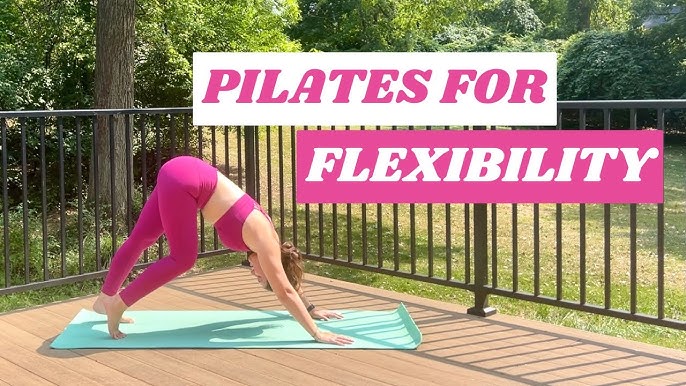
Gain Flexibility Fast with Pilates!
Pilates Pila – If you’ve been feeling stiff, limited in movement, or simply want to unlock your body’s full range of motion, there’s one practice that stands above the rest: Pilates. While yoga often gets the spotlight for flexibility training, Pilates is quietly becoming the go-to method for those looking for long-term, functional, and total-body flexibility.
In this article, we’ll explore how specific Pilates movements can dramatically increase your flexibility, why flexibility matters more than you think, and how even beginners can start seeing results in just a few weeks. Whether you’re a fitness enthusiast or someone just trying to feel better in your body, Pilates might just be the missing piece.
Read More : How Charleston business opportunities Became for Entrepreneurs
Many people don’t realize how much limited flexibility affects daily life. From struggling to tie your shoes, to feeling sore after sitting too long, tight muscles can lead to discomfort, reduced mobility, and even injury. In fact, poor flexibility is often linked to chronic back pain, joint stiffness, and imbalances that affect posture.
But here’s the good news flexibility isn’t just for dancers or athletes. It’s a trainable skill, and Pilates offers one of the most effective, low-impact methods to achieve it.
Pilates focuses on elongating and strengthening muscles simultaneously. This unique blend encourages muscles to remain active while they stretch, training the body to move in healthier, more efficient ways.
You’ve probably done toe touches or held a hamstring stretch before. While those static stretches have their place, they don’t build long-term flexibility the way Pilates does. Pilates helps you build functional flexibility the kind of flexibility that you can actually use during movement.
Instead of passively holding a stretch, Pilates guides your body through controlled, flowing movements that actively engage your muscles. This not only improves range of motion but also increases core strength, stability, and joint support.
If you’re looking for results, certain Pilates exercises stand out for their ability to release tightness and improve length through the body. Here are a few foundational moves that can be incorporated into your routine:
Spine Stretch Forward: Ideal for improving flexibility in the lower back and hamstrings. It also teaches proper spinal articulation, which is essential for reducing stiffness.
Saw: This seated twisting motion targets the spine, obliques, and shoulders. It enhances spinal rotation and improves upper body range.
Leg Circles: Helps open the hips while building core stability. Over time, it can greatly improve hip and hamstring mobility.
Roll-Up: A classic move for lengthening the spine and engaging the deep core. It’s especially effective in combating tight hip flexors and lower back stiffness.
Mermaid Stretch: Perfect for lengthening the sides of the body, opening the rib cage, and releasing tension in the lower back.
These exercises can be performed with just a mat and your body weight, making them accessible whether you’re at home or in a studio.
Flexibility doesn’t happen overnight, but it also doesn’t require hours of daily training. Practicing Pilates flexibility exercises just 3–4 times a week can lead to noticeable improvement in a matter of weeks.
Each session should include 15–30 minutes of focused movement. Consistency is key even a short daily practice can be more effective than sporadic, intense stretching. Over time, your body will become more responsive, your movements more fluid, and your range of motion will improve.
Increased flexibility isn’t just about impressive poses or deep stretches. It contributes directly to overall wellness. With better flexibility, your posture improves, breathing becomes easier, and daily movements feel smoother. It also reduces the risk of muscle strain, improves circulation, and enhances balance.
Athletes often turn to Pilates for this exact reason it supports injury prevention and optimal performance. But even if you’re not an athlete, the ability to move freely and pain-free is something everyone deserves.
Pilates trains both mind and body to work in harmony. You’ll gain a stronger connection to your physical self, become more aware of how your body moves, and find greater ease in every activity, from walking to working out.
There’s a reason Pilates has stood the test of time. Its principles of controlled movement, breath, alignment, and flow create a system that’s gentle yet incredibly effective for developing flexibility. You don’t need to be flexible to start you just need to start to become flexible.
If you’ve been struggling with stiffness or want to feel more agile in your daily life, now is the perfect time to try Pilates. Begin with the exercises above, stay consistent, and you’ll be amazed at what your body can do.